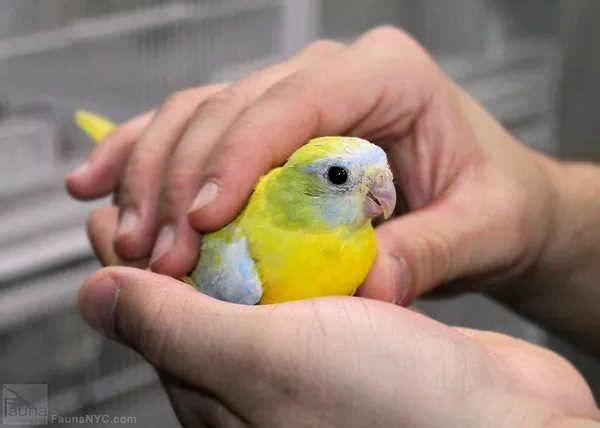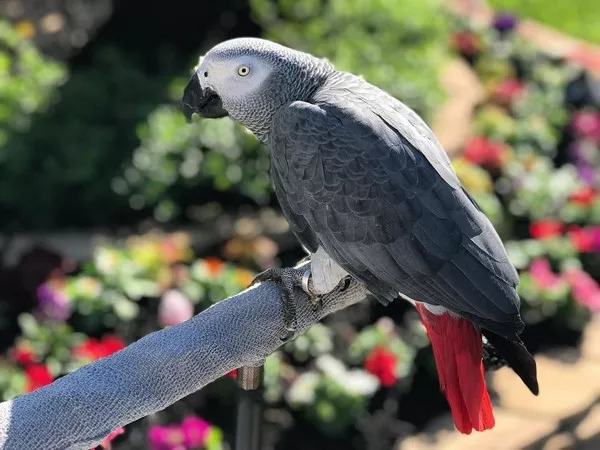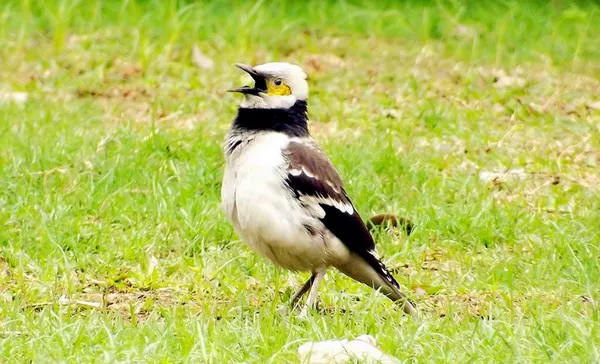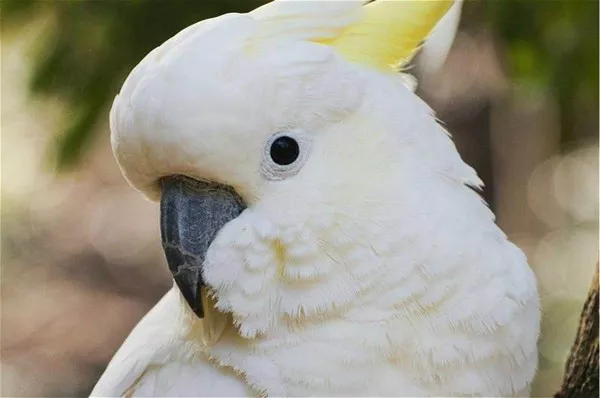Ringneck Parrots, also known as Indian Ringneck Parrots, are popular pet birds due to their striking colors and playful personalities. They are intelligent creatures that require regular attention and care to thrive in captivity. In this guide, we will discuss the essential elements of Ringneck Parrot care to ensure they live a long and healthy life.
Housing
The size of the cage for a Ringneck Parrot depends on the size of your bird. A minimum sized cage for a single bird is 18 x 18 x 24 inches, but bigger is always better. The cage should be large enough for them to move around freely and flap their wings without hitting the sides. The bar spacing should be no wider than half an inch, to prevent them from squeezing through or getting their head stuck between the bars. The cage should have a sturdy frame and be made of non-toxic materials.
Provide at least two perches inside the cage, with one being slightly higher than the other. The perches should be made of natural wood, free of any paint or chemicals. Avoid using sandpaper perch covers as they can cause abrasions on your bird’s feet. Offer toys and activities to keep them mentally stimulated, such as chew toys, swings, ladders, and mirrors. Make sure all toys are made of safe and non-toxic materials.
Diet
A healthy diet is essential for Ringneck Parrot care. Their diet should consist of a high-quality commercial pellet mix, fresh fruits, vegetables, and seeds. Pellets serve as the main source of nutrition, while fruits and vegetables provide essential vitamins and minerals. Seeds can be offered in moderation as treats, as they are high in fat. Avoid feeding them avocado, chocolate, caffeine, alcohol, and anything high in fat, sugar, or salt.
Offer fresh water daily, and clean their food and water dishes regularly. The dishes should be made of ceramic or stainless steel and should be heavy enough not to tip over easily. Offer a separate dish for fruits and vegetables to prevent contamination with droppings or seed husks.
Exercise
Ringneck Parrots are active birds that need plenty of exercise. Letting them out of their cages to fly around for at least 2-3 hours a day is recommended. If you are unable to supervise them while they are out of their cage, make sure they have a safe area to play in. Consider purchasing a bird gym or playground to provide them with a dedicated space to climb and play. The area should be free of hazards such as windows, doors, electrical cords, and toxic plants.
Grooming
Grooming is another essential element of Ringneck Parrot care. Trim their wings every few months to prevent them from flying away and getting injured. Wing clipping involves trimming the primary flight feathers on one or both wings, making it difficult for them to fly long distances. Take care not to clip too many feathers as this can cause them to lose balance and fall. Also, clip their nails regularly to prevent them from overgrowing and causing discomfort. Use a guillotine-style nail clipper or a Dremel tool to file down their nails. You can also give them a bath every few weeks by misting them with clean water or offering them a shallow bowl of warm water to splash around in.
Healthcare
Ringneck Parrots are hardy birds, but they can still get sick. It’s essential to observe your bird’s behavior closely and look out for any signs of illness. Common symptoms include lethargy, loss of appetite, difficulty breathing, and changes in their droppings. Take your bird to the vet immediately if you notice any of these symptoms. Regular check-ups with an avian veterinarian are also recommended to catch any health problems early on.
Maintain a clean and hygienic environment for your bird. Clean their cage daily by removing soiled bedding, seed hulls, and droppings. Replace the bedding and clean the perches and toys weekly. Disinfect the cage and accessories with a bird-safe cleaner. Avoid using harsh chemicals or detergents that can be toxic to birds.
Socialization
Ringneck Parrots are social creatures that require regular interaction with their owners or other birds to stay happy and healthy. Make sure you spend plenty of time with your bird and provide them with toys and activities that offer mental stimulation. Offer them treats during training sessions to reinforce positive behavior. You can also consider getting them a companion bird if it fits into your lifestyle and budget. Introduce new birds gradually and under supervision to prevent aggression and territorial behavior.
Conclusion
In conclusion, Ringneck Parrot care requires attention to several key elements, including housing, diet, exercise, grooming, healthcare, and socialization. By following these guidelines, you can ensure your bird
Recommended reading:


























